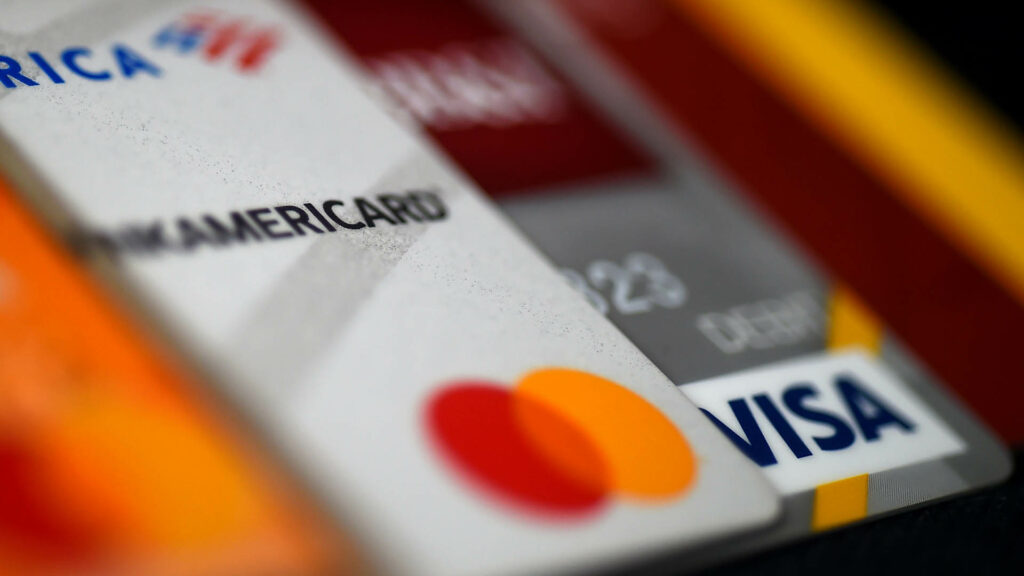|
Getting your Trinity Audio player ready...
|
Credit card losses among issuers in the United States have seen an "unusual rise" as consumer debt levels soar to record highs. According to analysts from Goldman Sachs, this trend is expected to continue for at least another year.
The Alarming Increase in Credit Card Losses
As of now, credit card losses stand at 3.63%, a significant jump of 1.5 percentage points from their low point in September 2021. Notably, this escalation has occurred at the fastest pace since the first quarter of 2022, marking nearly three decades, excluding the Global Financial Crisis.
Unusual Outside an Economic Downturn
Analysts find this acceleration in credit card losses unusual because it typically isn't observed outside of an economic downturn. Goldman Sachs analyst Ryan Nash emphasized this point, highlighting the anomaly of rising losses amidst a relatively stable economic backdrop.
Comparing Historical Cycles
Historical data shows that 3 out of the past 5 credit card loss cycles occurred during recessions, including the early 1990s, the early 2000s, and the 2008 Great Recession. The remaining two cycles, in the mid-'90s and from 2015 to 2019, differed in characteristics.
Nash noted that the current cycle bears similarities to the late 1990s and somewhat resembles the cycle from 2015 to 2019. These cycles followed periods of robust loan growth and experienced similar patterns of normalization.
Factors Driving the Surge
One significant contributor to this surge is the remarkable increase in loans, which have grown by 22% year-over-year. This growth is in stark contrast to a negative annual rate of -13% just a year ago.
Concurrently, credit card debt has reached an all-time high, with Americans collectively owing over $1 trillion in the second quarter of 2023, based on Federal Reserve data.
Predicting Future Losses
Goldman Sachs anticipates that credit card losses could continue to rise, possibly reaching 4.93%. The peak is expected to occur in late 2024 or early 2025 for most credit card issuers.
Capital One and Discover are projected to experience the highest losses, with Synchrony and American Express likely seeing losses increase into 2025.
Conclusion
The surge in credit card losses in the U.S. is raising concerns, particularly given its occurrence outside of a typical economic downturn. As debt levels and loan growth remain significant factors, credit card issuers are closely monitoring this trend, with the expectation that it could persist for the foreseeable future.







